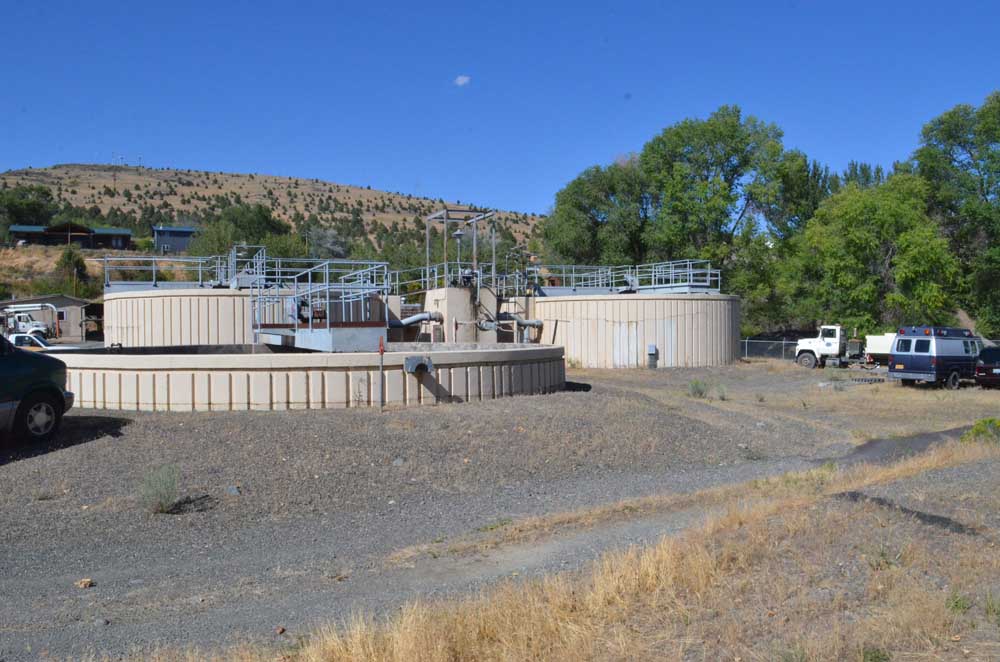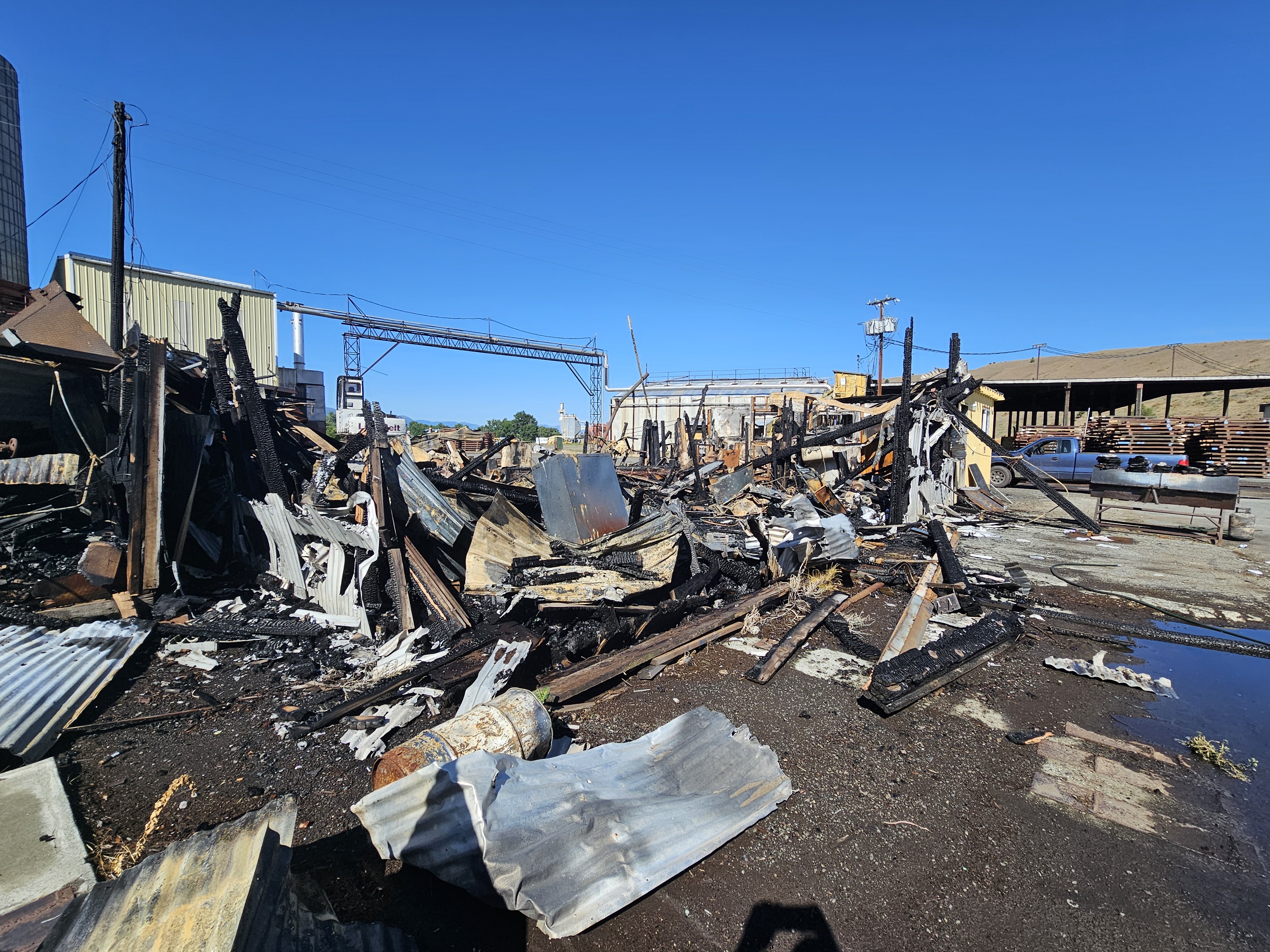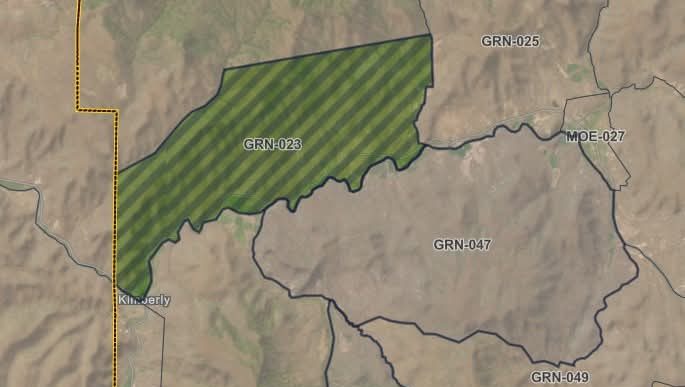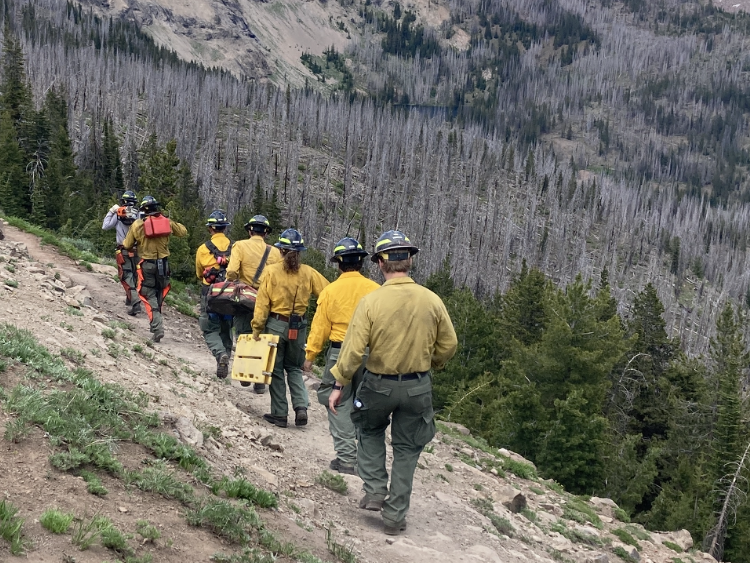FOSSIL BEDS
Published 5:00 pm Wednesday, April 30, 2008

- The Thomas Condon Paleontology Center gives the visitor the opportunity to be up close to the projects they are working on. The museum holds several exhibits and displays, an oreientation film, and more all to help the visitor comprehend the long history in Grant County. <i>National Park Service</i>
John Day Fossil Beds National Monument, managed by the National Park Service, is located about 40 miles west of John Day, just west of Dayville. The park lands stretch across 14,000 acres that contain one of the richest cache of “Age of Mammals” fossils in the world.
Trending
“There is a lot of research work going on here,” said John Fiedor, the chief of visitor services. Three paleontologists work full time at the Thomas Condon Paleontology Center, the featured facility at the monument, which also serves as the park visitor center. Here visitors to the park are welcomed in a spacious, modern facility that showcases the research work being done. In the lobby of the research center is a window through which paleontologists can be seen as they prepare fossils for display and study.
What the scientists have learned about the past is on display in a remarkable museum and gallery, which features over 500 plant and animal fossils, lifelike models of plants and animals long gone, more than 50 natural sounds, and large backdrop murals of prehistoric environments of ancient Oregon. It is truly a walk through time.
What makes the John Day Fossil Beds such an attraction to scientists is that it contains an almost continuous record of plant and animal life that spans 45 million years, a period of time after the dinosaurs and before the last ice ages. The record has an amazing continuity that reveals much about the diverse and changing plant and animal life that once thrived here. This record of life is found in the rocks of the John Day Country. Many of these rocks contain lots of ash, deposited from a score of area volcanoes over time. This mineral-rich ash proved an excellent preservative.
Trending
Erosion and field work in these widespread fossil beds has yielded a collection of almost 50,000 specimens, now housed and protected at the research center. Over 2,500 species have been identified, and the search for new finds is constant. It is not uncommon for the parkís fossil collection to grow by one or two thousand significant specimens each year, the fruits of painstaking field work in the fossil beds.
A stop at the Thomas Condon Paleontology Center, in the Sheep Rock Unit of the park, is recommended first. The museum holds several exhibits and displays, an orientation film, an interpretive bookstore, all helping the visitor comprehend the long geologic history and history of life revealed in the beautiful landscape of Grant County and eastern Oregon. Across the highway from the center is the James Cant Ranch Historic District. The ranch house, barn, and grounds feature exhibits and trails on the human history of the ranch and region going back to the 1800s.
Although there are scenic walking paths throughout the park, including the scenic Island in Time Trail, don’t grab a shovel and expect to dig up a saber-toothed cat or four-tusked elephant. No part of John Day Fossil Beds National Monument is open to the public for digging without the appropriate research permits.









